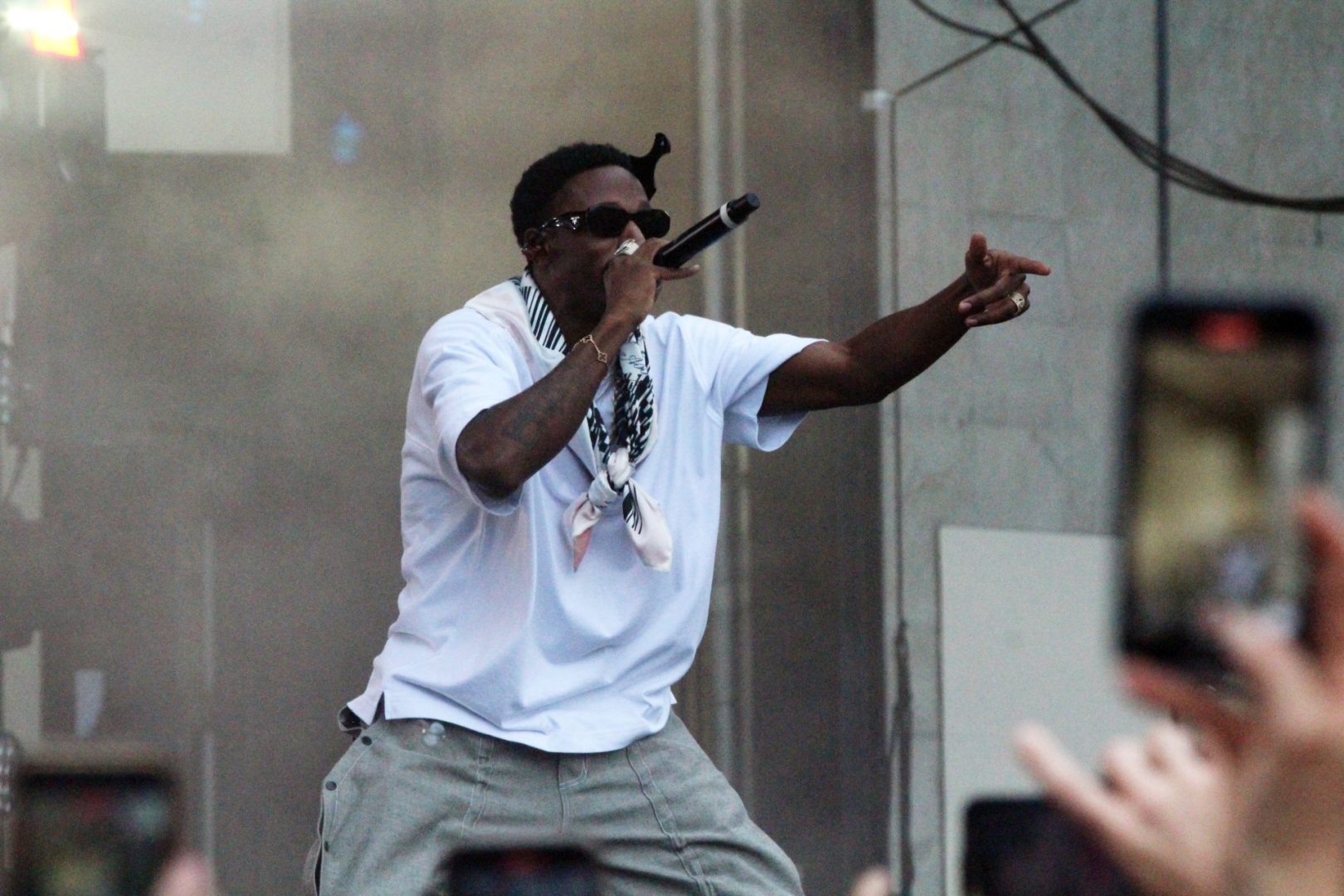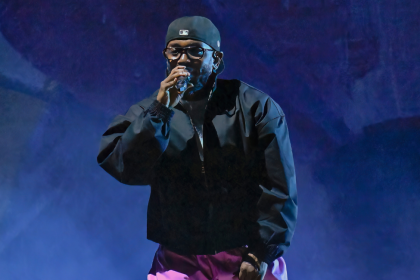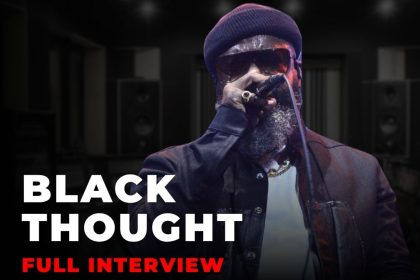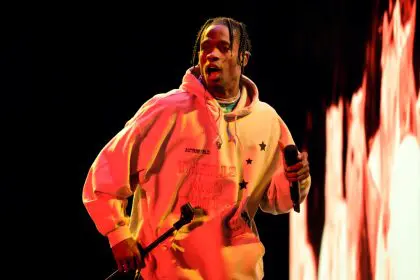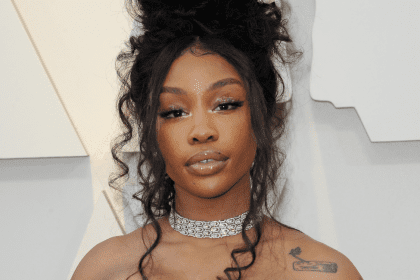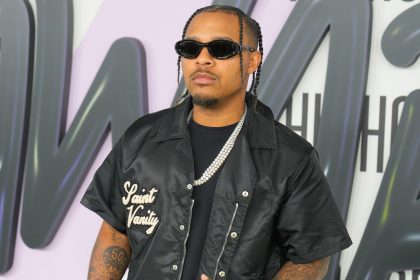Joey Bada$$ has intensified his ongoing rivalry with Kendrick Lamar through his newly released track “My Town,” marking the latest development in a growing East Coast-West Coast tension between the two acclaimed artists. While primarily targeting Top Dawg Entertainment artist Rey Vaughn, the Brooklyn-born rapper reserved specific verses that music industry observers interpret as direct challenges to Lamar.
Pattern of provocations
The latest verbal challenge represents just one episode in a series of increasingly antagonistic references from Joey Bada$$ toward the Compton native. Throughout “My Town,” Joey positions himself as a formidable opponent, making thinly veiled references to Lamar through cleverly constructed wordplay and unmistakable allusions.
In one notable segment, Joey refers to himself as “the real boogeyman” while suggesting others should fear his lyrical abilities. This reference appears particularly pointed given Lamar’s previous use of the boogeyman persona in his own music. Joey continues the challenge by declaring his readiness to confront not just affiliates but the “general” himself, widely interpreted as referring to Lamar’s position of authority in hip hop.
Further in the track, Joey makes a deliberate wordplay reference to Lamar’s Pulitzer Prize achievement, the prestigious award Lamar received for his 2017 album “DAMN.” The reference transforms the accolade into a threat, suggesting Joey could inflict punishment comparable to Forest Whitaker’s distinctive appearance, characterized by a condition affecting one eye.
Recent diss track history
The “My Town” provocations follow Joey’s recent track “The Finals,” which contained more explicit references to Lamar. In that earlier release, Joey directly addressed Lamar by name, using the familiar nickname “Kenny” while announcing his availability for competition.
Though primarily focused on criticizing Rey Vaughn, “The Finals” included several passages that music analysts interpret as criticizing perceived loyalty toward Lamar from other artists. Joey appears to question the authenticity of relationships between Lamar and his affiliates, suggesting some artists seek association with Lamar primarily for status enhancement rather than genuine artistic collaboration.
The track includes assertions that some rappers closely aligned with Lamar may not even have direct communication access to him, implying a hierarchy within the West Coast rap community that Joey seems eager to challenge. These statements reflect a broader critique of what Joey portrays as excessive admiration for West Coast artists at the expense of recognizing East Coast talent.
Origins of the coastal tension
The current friction appears to have originated in January when Joey released “The Ruler’s Back,” which contained broader criticisms of the West Coast hip hop scene. In that track, Joey expressed frustration with what he characterized as disproportionate praise for West Coast artists, suggesting the imbalance exists despite what he considers superior lyrical content from East Coast performers.
Using vivid imagery comparing his rhyming abilities to occult practices, Joey established himself as a threatening presence capable of affecting competitors on a spiritual level. He likened his impact to “Ether,” referencing Nas’s legendary diss track against Jay-Z, establishing a connection between current tensions and historic East-West coastal rivalries in hip hop.
These statements triggered responses from multiple West Coast artists beyond Lamar himself. Rey Vaughn engaged directly with Joey in subsequent exchanges, while established TDE artist Ab-Soul addressed the situation during a freestyle performance.
West Coast responses
During a freestyle session, Ab-Soul acknowledged the growing tension while framing it as ultimately beneficial for hip hop culture. He referenced performances by Ray Vaughn and fellow artist Lyt as substantial while suggesting that the competitive nature of these exchanges maintains hip hop’s traditional emphasis on lyrical skill and healthy competition.
Ab-Soul’s comments included what some interpret as a veiled warning, suggesting that while the current exchanges remain within acceptable boundaries of artistic competition, his own potential involvement would represent a significant escalation. This indicates the regional tensions have caught attention beyond the initial participants.
Notably absent from the exchanges thus far is any direct public response from Kendrick Lamar himself. Despite multiple provocations across several tracks, Lamar has maintained silence regarding Joey’s challenges. This lack of engagement creates an interesting dynamic where one participant actively seeks confrontation while the other declines direct participation.
Broader context in contemporary hip hop
The developing situation between Joey Bada$$ and Kendrick Lamar reflects ongoing discussions about regional representation in hip hop and the balance of power between East Coast and West Coast artistic communities. As an established New York artist, Joey appears to position himself as defending East Coast hip hop traditions against what he perceives as disproportionate influence from West Coast counterparts.
These tensions emerge during a period of heightened competitive activity in mainstream hip hop, with several high-profile lyrical confrontations occurring between major artists in recent months. Industry observers note that while these exchanges generate significant audience engagement, they also risk reviving unhealthy aspects of coastal rivalries that have historically led to more serious consequences beyond musical competition.
Joey’s continued provocations toward Lamar specifically target one of contemporary hip hop’s most critically acclaimed and commercially successful artists, suggesting confidence in his own abilities despite the significant achievements of his chosen opponent. With Lamar’s Pulitzer Prize representing unprecedented recognition for hip hop from traditional cultural institutions, Joey’s willingness to challenge this status indicates remarkable self-assurance.
As this situation continues to develop, attention focuses on whether Lamar will eventually respond directly or maintain his current silence. Either approach carries strategic implications for both artists’ standings within the broader hip hop community and potentially impacts how audiences perceive their respective artistic legacies moving forward.

